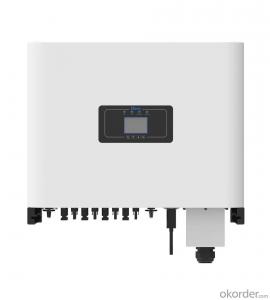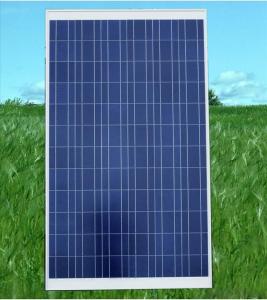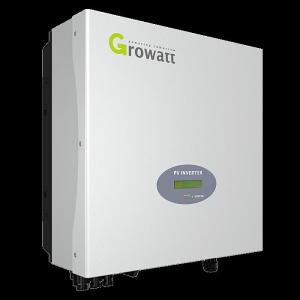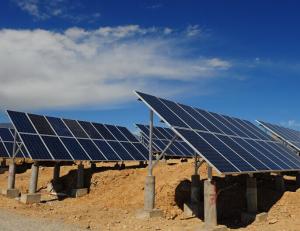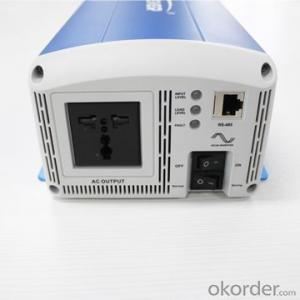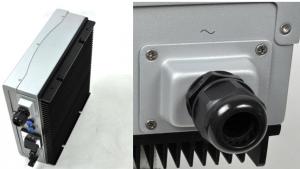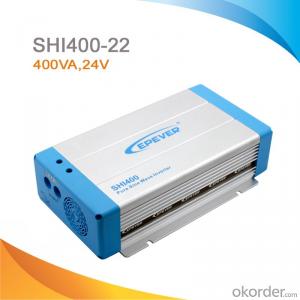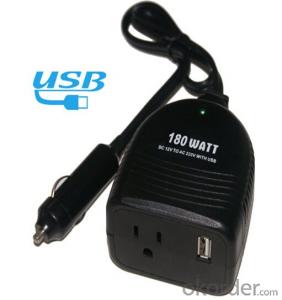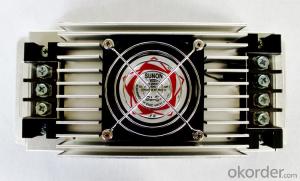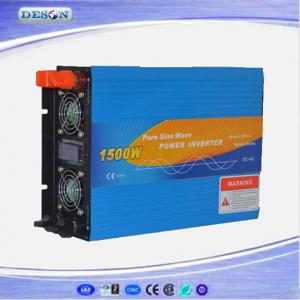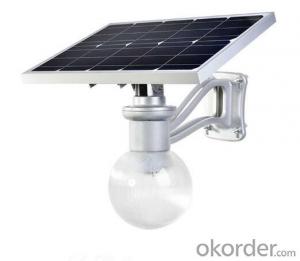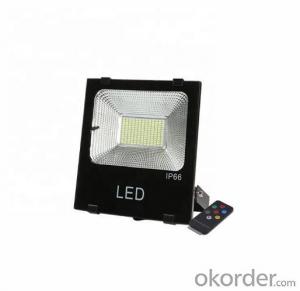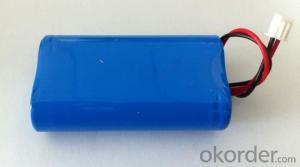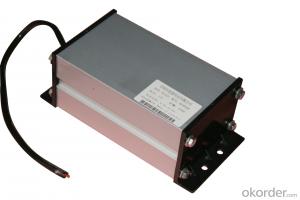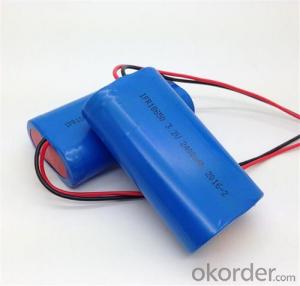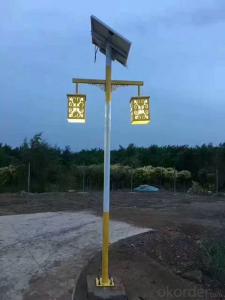Solar 220v Inverter
Solar 220v Inverter Related Searches
220v Solar Inverter 220 Volt Solar Inverter Solar Power Inverter 220v 220 Solar Inverter Solar Inverter 220 Volt Solar Panel Inverter 220v 230v Solar Inverter Solar Inverter 12v To 220v 12v To 220v Solar Inverter China 220v Solar Inverter Solar Inverter 230v 240 Volt Solar Inverter 240v Solar Inverter Solar Inverter 240v 240v Inverter Solar Solar 120v Inverter Solar 24v Inverter 200 Amp Solar Inverter 120v Solar Inverter 200 Watt Solar Inverter 120/240 Volt Solar Inverter 200kw Solar Inverter 24v Solar Inverter 200 Watt Solar Panel Inverter 200w Solar Inverter 200 Kw Solar Inverter 24v Inverter Solar Solar Inverter 24v To 230v Solar Solar Inverter Solar 12v To 240v InverterSolar 220v Inverter Supplier & Manufacturer from China
Solar 220v Inverter is a crucial component in the solar energy system, designed to convert the direct current (DC) generated by solar panels into alternating current (AC) that can be used by various electrical appliances. This inverter plays a vital role in ensuring that the energy harnessed from the sun is efficiently utilized for powering homes, businesses, and other establishments.The application of Solar 220v Inverter spans across various scenarios, from residential rooftop installations to large-scale commercial and industrial setups. It is particularly useful in off-grid systems where there is no access to the main power grid, as well as in grid-tied systems where it can feed excess energy back into the grid. This product is also suitable for backup power supply during power outages, ensuring a continuous flow of electricity for critical applications.
Okorder.com is a reputable wholesale supplier of Solar 220v Inverter, boasting a large inventory that caters to the diverse needs of customers worldwide. With a commitment to quality and customer satisfaction, Okorder.com ensures that each Solar 220v Inverter is thoroughly tested and meets the highest industry standards before being shipped to clients. This makes Okorder.com a reliable source for those seeking to invest in efficient and reliable solar energy solutions.
Hot Products





